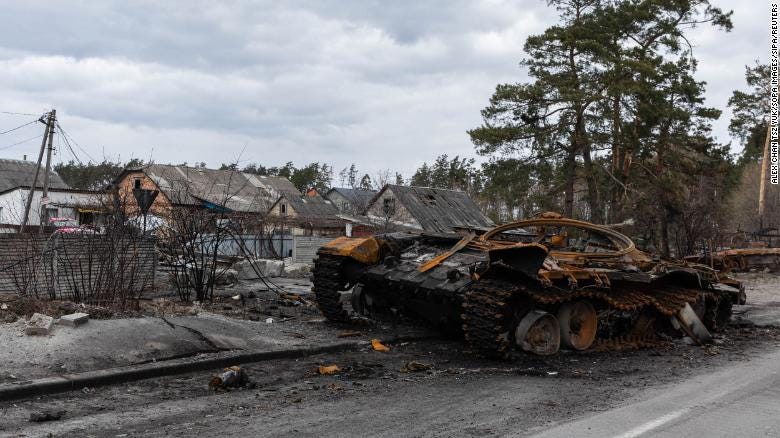Is the tank really dead? That’s the argument of a writer in the Daily Telegraph today, who suggests that armour on the battlefield has been replaced by bomb-dropping drones and hand held guided munitions fired by chaps on bicycles. His argument is based on the sight of piles of oxidised metal dotting the Ukrainian countryside. The much publicised humiliation of the Russian Army is presented as a definitive evidence of the death of armour on the modern battlefield. Accordingly, the British government should immediately pull the plug on its Ajax and Challenger 3 programmes. I agree with the argument about Ajax, but that’s for a different reason.
So, is the tank truly dead? There are lots of challenges to the tank on the battlefield, but the arguments garnered against them by Mr Lewis Page simply don’t hold water. I’ve been hearing these for the 40 or so years I’ve been in the business of soldiering and of thinking and writing about war. I heard a memorable lecture at Staff College many years ago by General Farrer-Hockley saying much the same thing, and on another occasion sat through a similar one by John Keegan. Both men were well-known at the time to be vocal evangelists of the anti-armour brigade.
Then, as now, the argument against armour doesn’t work. Armour will work for armies so long as it retains its utility on the battlefield. Once that utility disappears, so too will the tank. The failure of Russian armour in Ukraine this year is reflective of Russian military incompetence, and nothing more. The Russian invasion, as many have observed, was conceived of as a friendly occupation. Columns of troops would simply rumble into Ukraine and be welcomed as liberators. This was no Plan Yellow of May 1940. In other words, the Russians did not deploy their armour to fight a peer adversary, because they didn’t think it was necessary. We know the rest of the story. With vehicles locked to roads by a plan that entailed road rather than tactical movement, and without the protection of combined arms formations in which the tactical doctrine of all sensible armies operate, they suddenly became vulnerable to NLAWS provided by Britain and drones purchased from Turkey. Suggesting that the cataclysm that befell the benighted conscripts of the Russian Army means that the tank is dead has the same logic as arguing that the MANPAD has made the aircraft obsolete, or that the infantryman has no further utility because of the invention of the bullet. Unprotected, the infantryman is very vulnerable, but no one sensible I know suggests that infantryman, sufficiently trained, protected and equipped to counter the bullets coming his or her way, has lost their utility. As the armies on the Western Front discovered, a solution was required to overcome the immobility caused by artillery and the machine-gun; it didn’t mean that the infantryman (as a concept) was consigned to history.
Tanks continue to offer considerable logic on the battlefield. From the moment they were first deployed they needed protection from infantry. Cycles of innovation have endlessly involved new ways of countering attacks on them, and new ways of protecting them. Why? Because tanks, armoured infantry and artillery, together with closely linked aircraft support still provide an extraordinarily potent combination of power on the battlefield. If you wanted to use tanks by simply trundling them into Ukraine unconnected to your wider combat operating system, you would be asking for trouble. That’s what the Russians did, as the rest of us in the West with a background in these matters watched in astonishment, mouths agape at the profound stupidity of what we were seeing. I have rarely observed such incompetence in my life. It certainly doesn’t mean the end of armour on the battlefield. Far from it. What it does mean is that you need competent mastery of your tools to win on the battlefield. This has been true from the first days of warfare.
So, please, British government, don’t take any notice of Mr Page until he can improve his argument. Until then, the tank will remain a powerful element of an army’s fighting capability, in the right hands. In the wrong hands, tanks can easily be converted into oxidised scrap metal. That’s the primary lesson from Ukraine for me.





I was going to add at the end that, as an infantryman, I’d always want armour with me too 🙂
Excellent article Robert, and I think you have voiced what everyone was thinking or knows. Combined arms work, and the Ukrainian army has received western training which was always going to help their home turf advantage. My only gripe is that too many people are telling the Russians where they are going wrong.